Orangeola Japanese Maple
$49.50 Original price was: $49.50.$34.65Current price is: $34.65.
- Free Shipping over $25
- Fast & reliable delivery options
- Enjoy top quality items for less
- Multiple safe payment methods

Some gardeners do not plant Japanese maples because they think they are too slow growing. This can be true, but certainly not with the Orangeola Japanese Maple. This is one of the fastest-growing cut-leaf Japanese maples you can find, quickly developing into a magnificent specimen. It has an unusual form, growing upright but also weeping, so that over time it becomes a broad mound of cascading branches. This makes it especially useful on sloping sites, or at the top of a wall, or to plant in a tall pot, where the full waterfall of its branches can be appreciated best. Its form is only just the beginning of its beauty. The foliage is of the ‘dissectum’ type – deeply divided into 7 to 9 very narrow lobes, each lobe with an irregular edge, giving a beautiful lacy appearance to the leaves.
Leaves and Color on Orangeola Japanese Maples
In spring the freshly emerged leaves are a blend of orange and green shades. As they develop they turn to a rich purple. Then, over several weeks of early summer the leaves change in waves of color, gradually becoming green by the middle or later part of summer. Because of the vigor and rapid growth of this tree, just as the leaves turn green, new orange and purple growth emerges, covering the older leaves in a veil of brightly-colored new foliage. But wait, the party is not over yet. Just as it seems nothing else new could happen, the first cool nights of fall arrive and the Orangeola Japanese Maple begins to really live up to its name. Every leaf turns into a glowing torch of orange-red that will have you, your family and friends and even passers-by stopped in their tracks by this fiery beauty.
Growing Your Orangeola Japanese Maple
While all this is going on, your Orangeola Japanese Maple will be growing into a beautiful mound, 3 to 5 feet tall and as much as 8 feet across. This stunning plant will grow best and color best in locations that receive some sun, but are shaded in summer from the midday and afternoon heat. However when it comes to growing well in hot states, where Japanese maples may not do so well, this is widely known to be the most reliable and best performing tree for hotter areas. That makes it the ideal choice if you live in a hotter state and crave the multi-dimensional beauty of a Japanese maple.
Your Orangeola Japanese Maple will grow best in a rich soil, so add plenty of organic material when planting and as mulch each spring. Keep your young tree well-watered, especially during hot weather, but do not keep it constantly flooded – good drainage is needed too. A well-established tree will survive some dryness during summer better than any other dissected-leaf Japanese maple variety.
Because of its smaller size, this tree is ideal for planting in a smaller garden, or in a pot. Cascading from a tall, oriental jar, this could become the central feature in an Asian-inspired courtyard, or grace your terrace or patio. It will also look beautiful cascading down a bank, across gravel or small stones, or growing among azaleas in a woodland garden too. There is no garden that could not find a place for such a beautiful plant.
History and Origins of the Orangeola Japanese Maple
Japanese maple (Acer palmatum) is a small tree native to the woodlands of Japan and Korea. It has been collected for hundreds of years and there are many different kinds. Dissected-leaf forms, like the Orangeola Japanese Maple, are prized for the delicate, lacy beauty of their leaves, and when that is combined with a cascading form, rapid growth, and heat-resistance, as it is in this award-winning tree, then it is the ideal choice for anyone looking for something special and different that is also simple to grow with a little basic care. Just make sure it receives enough sun to develop its rainbow of colors effectively and to their maximum extent.
Buying Orangeola Japanese Maples at The Tree Center
Our specialized growers take selected pieces from properly identified mature trees and attached them to the roots of seedling trees. With all the varieties of Japanese Maple Trees available, some other nurseries sell cheaper seedling forms that may be pretty enough, but cannot match the quality of named varieties, which after all have been selected from among literally thousands of seedlings for their outstanding qualities. This technical growing takes skill, care and experience, but it is worth paying for, because for you only the best is good enough. Our stocks can be limited, because of the demand for quality trees like the Orangeola Japanese Maple, so order your tree now to avoid being disappointed and missing out on the brightly-colored wonders of this remarkable tree.
Be the first to review “Orangeola Japanese Maple” Cancel reply
Related products
Japanese Maple Trees
Elm Trees
Oak Trees
Japanese Maple Trees
Japanese Maple Trees
Elm Trees
Birch Trees
Oak Trees

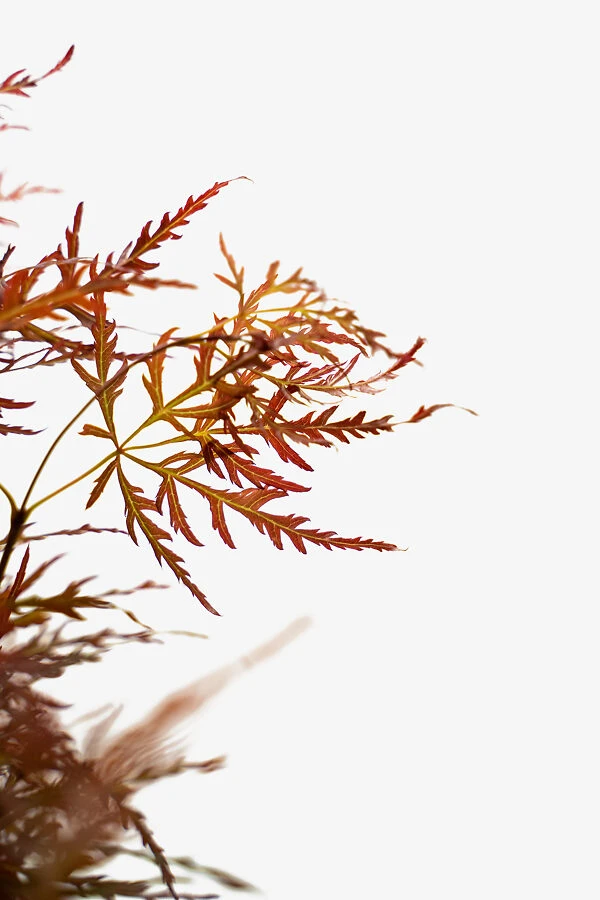
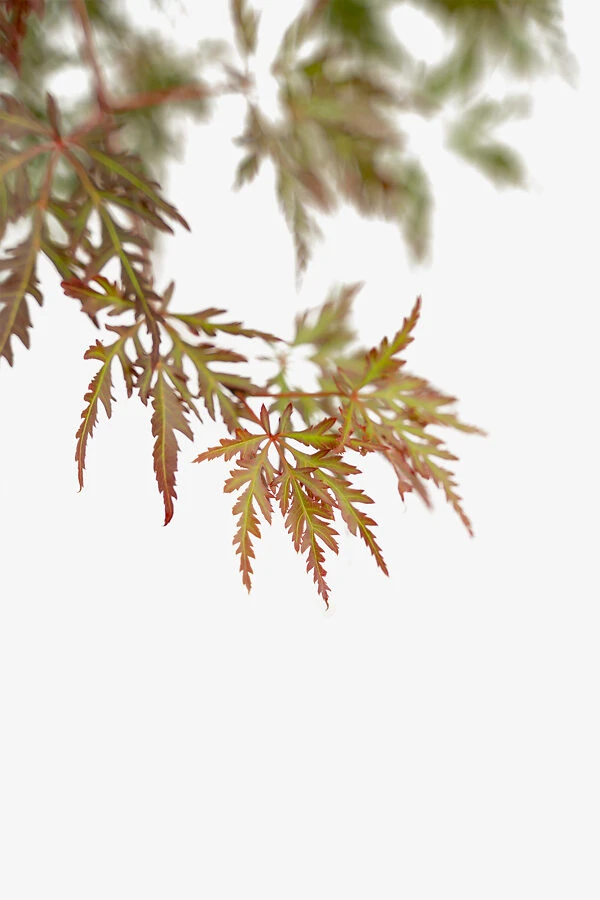
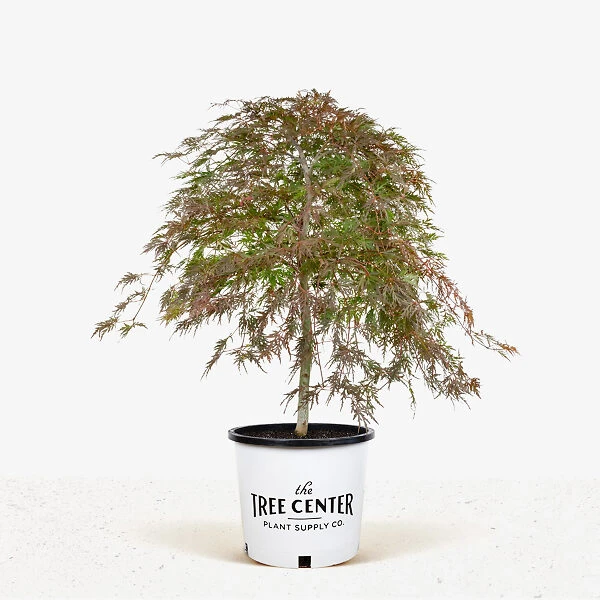

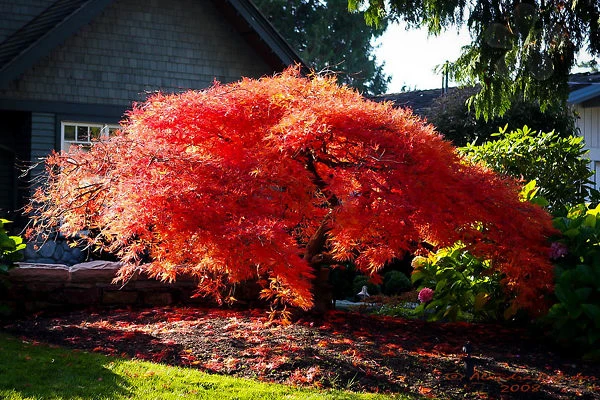

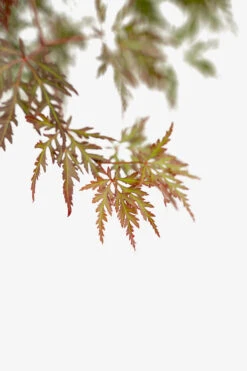


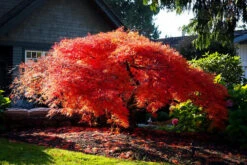
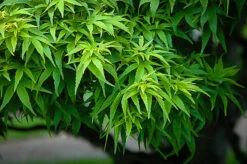


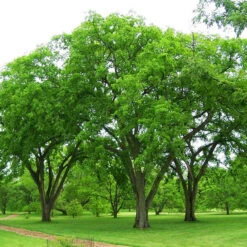


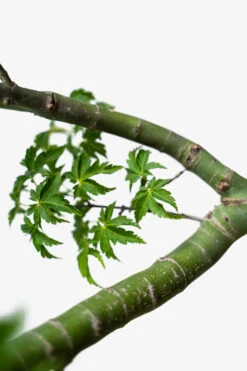
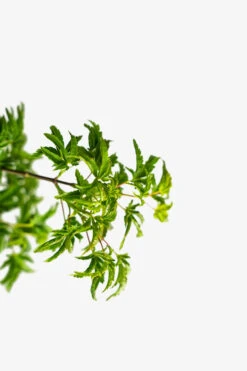


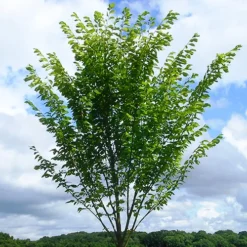



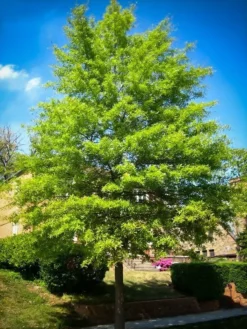

Reviews
There are no reviews yet.